|
Norman
Allan | ||||
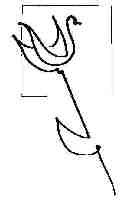 |
Dr. Norman Allan's Vol
7, No. 1, | 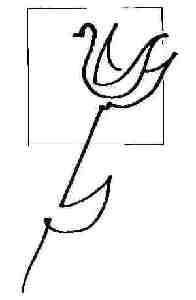 |
| |||
| You know, it's a good idea to come in for a checkup (discuss all those little concerns and see if there is something simple that can help) if not once a month, once a season or, failing that, once a year ... * * * | Dr.
Allan is available | ||
I've been drinking this wonderful tea (with some broadly acting herbs that could be considered "panaceas") and when I ran out of ginger the other day and thought, I can substitute burdock, I then though, I should share this. Some of the ingredients are a little exotic, but easily found in Toronto. That's why I'm calling it... T.O. Panacea Tea It's
brewed with Hawthorn, Turmeric, Ginger, Burdock, Haritaki, and Jaggery... | 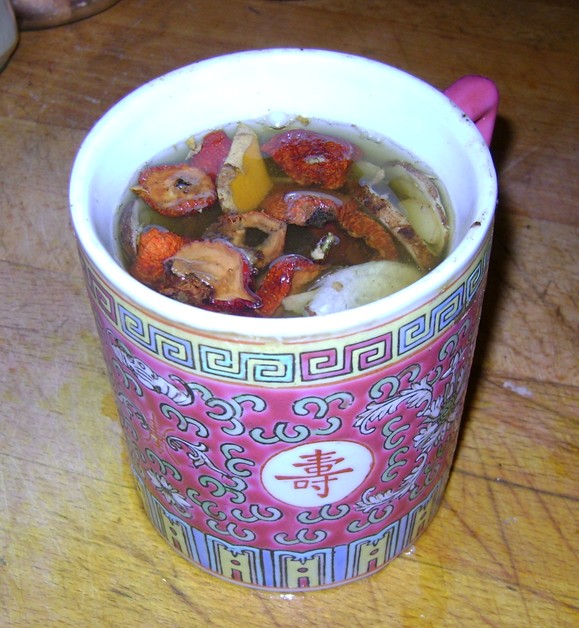 | ||
Hawthorn
is the |  | ||
Jaggery (or Gur) is East Indian whole sugar cane which several people have assured me is "healthy", and a great source of iron. (If you are diabetic you might substitute stevia {or licorice - but there are some cautions with licorice}) | |||
I
add a little Haritaki powder. Haritaki
is a panacea in India. I do not know enough about it, yet, to tell you much more.
In the Tibetan Medicine Buddha rituals one intones how "even the slightest
touch from your medicine herb (arura) cools the fires of hell turning them into
cool lotus ponds". | 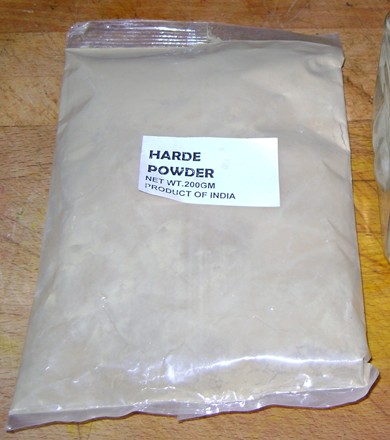 | ||
| |||
|---|---|---|---|
Slice the ginger thin. Ginger
is a mild circulatory tonic, My ex said, "Take ginger tea for fatigue, to wake you up," and that is where all this started. And of course you can find ginger in (almost) any produce store. | 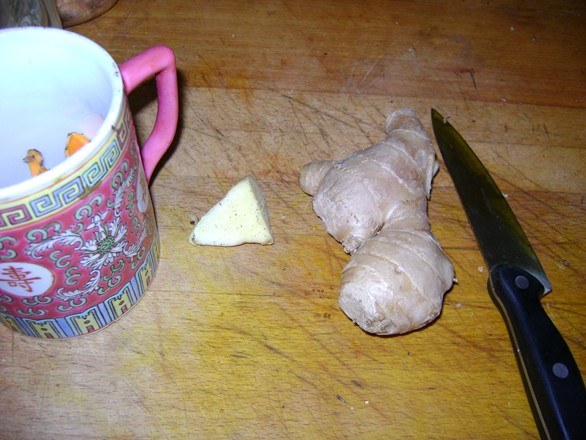 | ||
Curcumin, the active ingredient in turmeric, supposedly has a strong anticancer action. (Wikipedia also mentions arthritis and diabetes.) Find
it in an East Indian produce stop. | 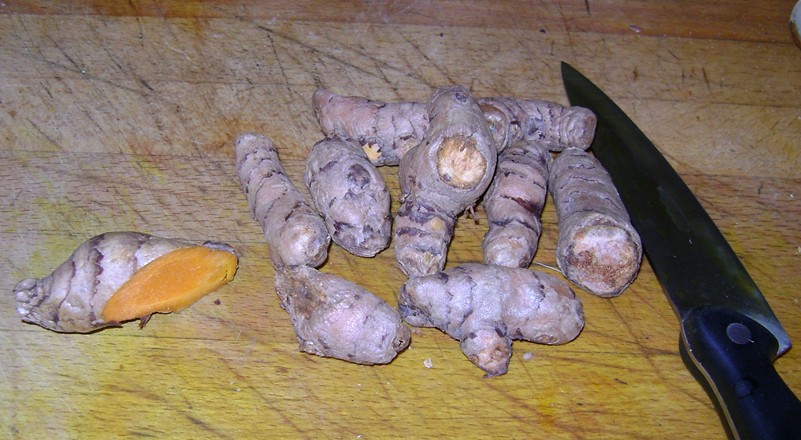 | ||
Burdock Once you slice (or grate) burdock it starts to oxidize (goes brown) within minutes, so before you slice the burdock add just boiled water to what you have prepared so far and start to steep. Add the burdock as soon as it is sliced. |
| ||
It is a root vegetable in Korea and Japan, and you can find it in the Korean supermarket at Bloor and Manning, where it is called Gobu I've written more about burdock (click here) | |||
| enjoy,
in good health | ||
* * * | |||
Speaking of anti-cancer herbs, new research shows that Milk Thistle protects against cancer: ... “When you take human skin cells – keratinocytes – and treat them with silibinin (active ingrediant in Milk Thistle), nothing happens. It’s not toxic. But when you damage these cells with UVA radiation, treatment with silibinin kills the cells,” Agarwal says, thus removing the mutated cells that can cause skin cancer and photo-aging. | |||
* * *
| |||
| Surprise, surprise: "Eating Veggies Linked With Lower Risk Of Breast Cancer, Study Finds." Headline in Huffington Post. | |||
* * *
| |||
back
to the advertisement: you don't need to be ailing
to benefit from alternative medicine. CranioSacral
Therapy, for instance, is one of the most relaxing things I know of. Treat
yourself. (Your "benefits" may cover it [as it falls into the scope
of chiropractic].) | |||
| * * * | |||
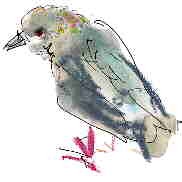 |
|
Dr. Allan's Newsletter: May, 2012: snippets from newspapers which I hope are of interest Dr.
Allan's Newsletter: Mar, 2010: as
above Dr. Allan's Newsletter: April 2009: snippets from newspapers which I hope are of interest. Dr. Allan's Newsletter: Oct. 2008: as above Dr. Allan's Newsletter: Aug 2008: Dr. Allan's Newsletter: June 2008: Dr. Allan's Newsletter: May 2008: Dr. Allan's Newsletter: Apr 2008: Dr. Allan's Newsletter: Oct 2007: Dr. Allan's Newsletter: Sept 2007: Dr. Allan's Newsletter: July 2007: Dr. Allan's Newsletter, Spring 2007: Dr. Allan's Newsletter, Winter 2007: Dr. Norman Allan's Newsletter, May 2006: Dr. Norman Allan's Newsletter, April 2006: Dr. Norman Allan's Newsletter, March 2006: Dr. Norman Allan's Newsletter, February 2006: Dr. Norman Allan's Newsletter, January 2006: Dr. Norman Allan's Newsletter, December 2005: Dr. Norman Allan's Newsletter, November: 2005 Dr. Norman Allan's Newsletter, October: 2005 Dr. Norman Allan's Newsletter, August/September: 2005 Dr. Norman Allan's Newsletter, June/July 2005: Dr. Norman Allan's Newsletter, May 2005: Dr. Norman Allan's Newsletter, March/April 2005: an essay on immune tonics published in "Healthy Directions" - and snippets from newspapers, various, which I hope are of interest. Dr.
Norman Allan's Newsletter, February 2005: snippets from newspapers, various,
which I hope are of interest - and a discussion of "C Reactive Protein"
as an indicator of risk for heart disease. |
|---|
|
From vol 3 no 1: An interesting clipping that
I've stumbled on since the last letter concerns vibration:(Globe and Mail, 13
June 2006) "SCIENTIST GETS VIBES TO BUILD BONES. Device to help space travelers
approved to treat sufferers of osteoporosis." The device is a machine that
generates vibrations - vibration implies acceleration/deceleration, and is therefore
somewhat like gravity - therefore in theory, and it seems in practice, good for
maintenance of bone mass in zero gravity (it was designed for use in space). On
earth, the article says, "a person who stands on [the platform of the vibration
device] for 20 minutes a day can build bone density an average of 2 percent a
year. ... By sending small vibrations through the body - moving about 50 micrometers
(or the thickness of a few human hairs) up and down and repeating at a rate of
34 cycles per second - the platform triggers musculoskeletal stimulations that
naturally occur... the vibrations from the platform are set to a frequency that
[generates acceleration that] is one-third that of gravity... and is therefore
safe. Other devices (exercise machines) which generate 4 to 15 gravities are dangerous,
we are told. The thing that I find interesting here is that a relatively subtle vibration is having an appreciable (positive) effect on body metabolism and function. I am therefore wondering what the vibrational effects of chanting, OM, for instance, are? We'd need an engineer to tell us about the difference in order of magnitude between that devise and the vibrations that are set up in your body by, a) a rock band in a bar, b) by chanting, OM for instance. However, orders of magnitude might or might not be of relevance here. Subtle vibrations may be having physiological effects. One would have to look and see. Meanwhile, the safe course would be to do the chanting. It's bound to have salubrious effects at many levels (if not bone mass and muscle mass - muscles, that too was in the article). ("Salubrious" = health promoting - forgive the use of a relatively obscure word.) "Over all the bone density of the controlled group (the reporter has got this wrong - he means "experimental group" as compared to the control group) increased by 3 percent during a year, and muscle mass improved by 4 percent." So
get chanting, OM (or what you fancy). |
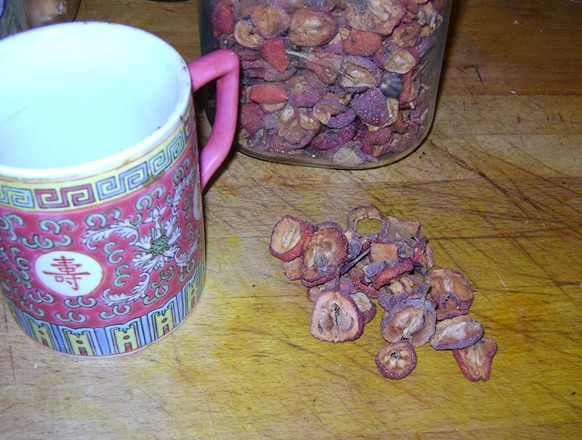
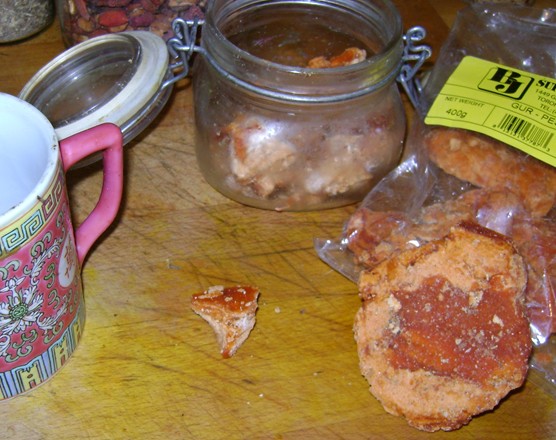 Jaggery
Jaggery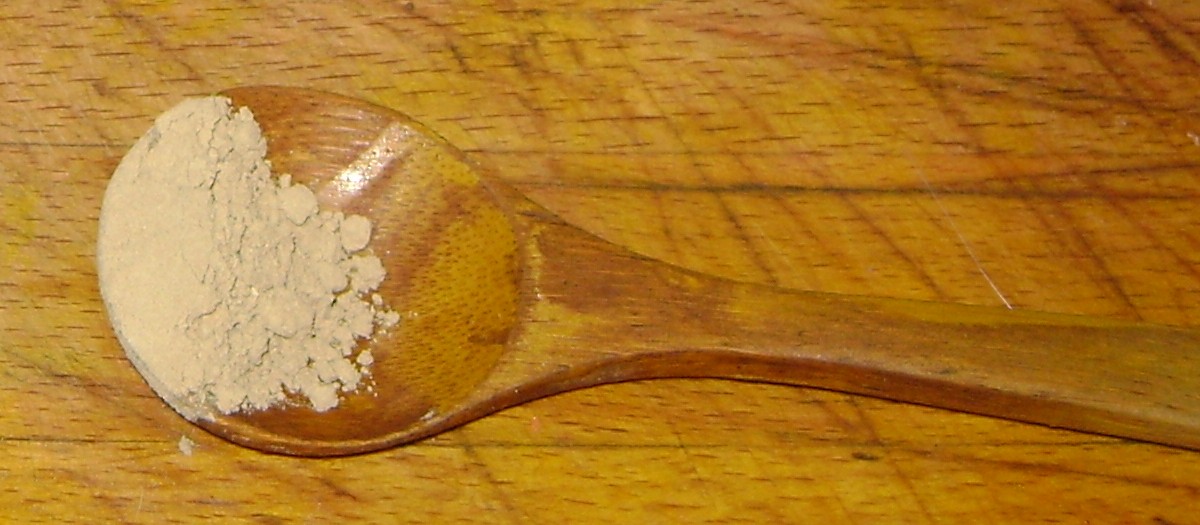
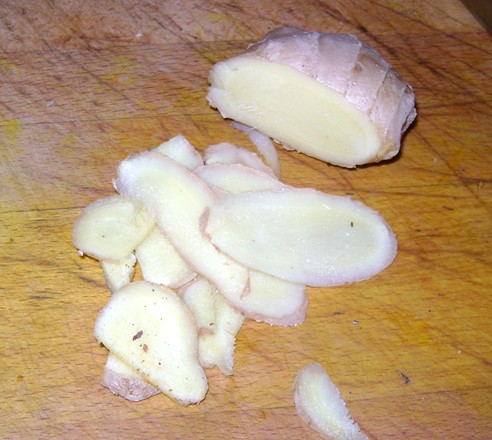 Ginger
Ginger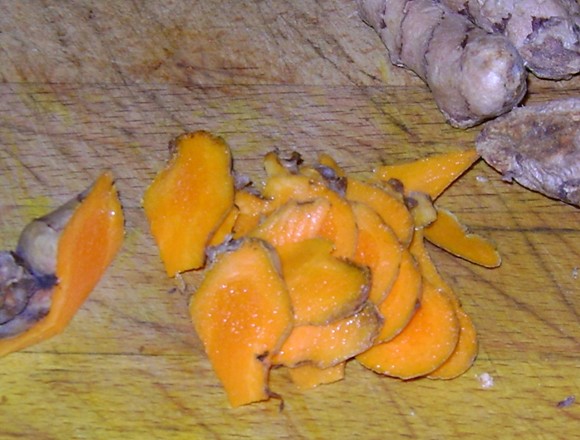 Turmeric
Turmeric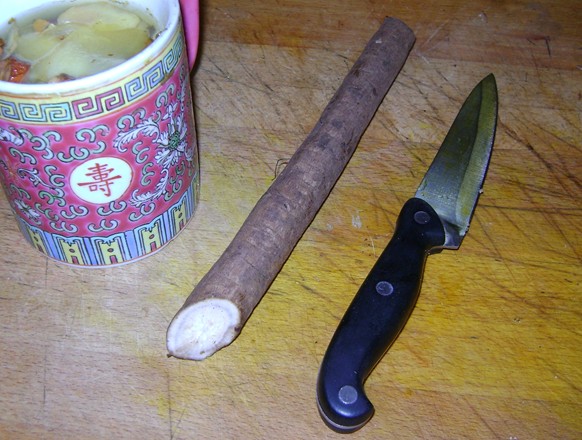
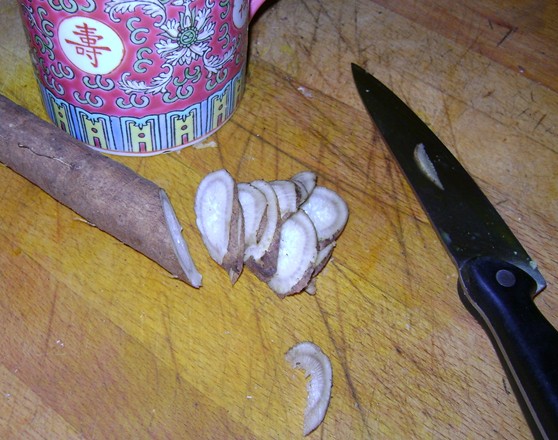 Burdock
is a liver tonic (a hepatic) and thus used as a detox herb. It is also a lymphatic.
Burdock
is a liver tonic (a hepatic) and thus used as a detox herb. It is also a lymphatic.